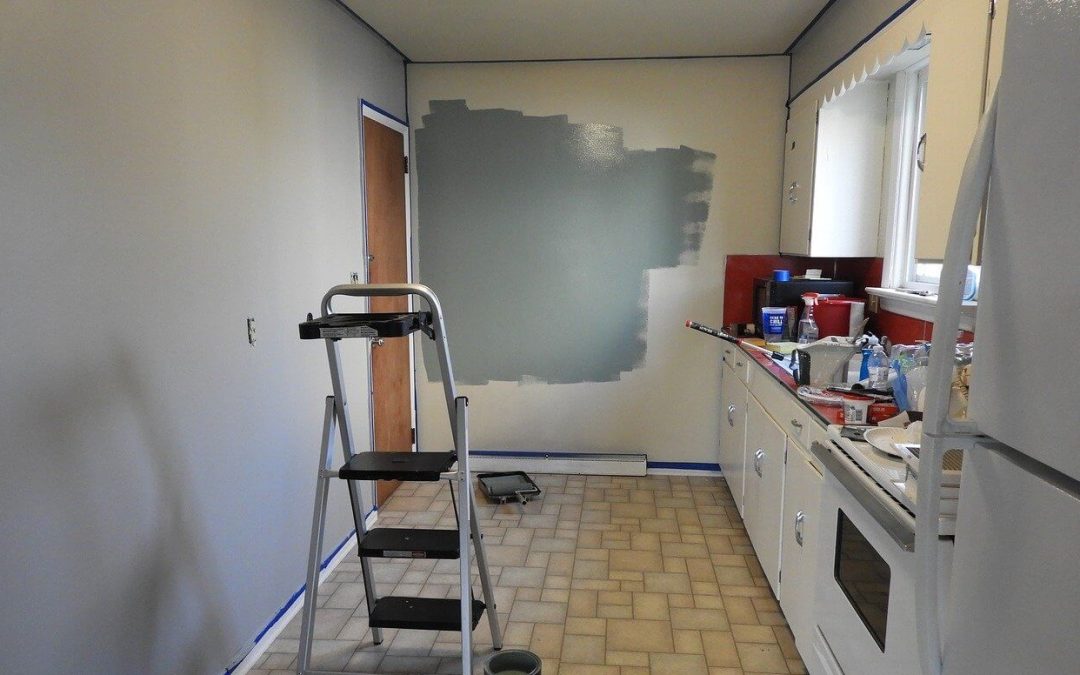Painting is one of the simplest and most cost-effective ways to give any room in the house an instant makeover. Painting a small accent wall or transforming an entire room can be a fun DIY project with some great rewards. Check out these helpful tips on how to get started with interior painting, from choosing colors and brushes to techniques for getting that perfect finish.
Choose the Right Paint
Make sure you select a paint designed for interior walls and ceilings. If there’s a lot of moisture in the room, then opt for paint with a mildew-resistant finish. A quality interior paint will have a smooth finish and good hiding imperfections in the wall, resulting in fewer coats.
First Step for Interior Painting: Prep the Space
Make sure you’ve moved furniture out of the way and removed any fixtures, faceplates, or switch covers. If there are old layers of paint on the walls, sand them down to create a smooth surface for the new coat. Lay a drop cloth to cover the floor and furniture you can’t move.
Pick the Right Colors for Interior Painting
When selecting colors for a room, use lighter shades to make it look larger and darker ones to create a cozy atmosphere. A good way to try out different colors is to use samples or get some swatches and tape them on the wall. This will give you a better idea of how the color will look in the space when it’s applied over an entire wall.
Pick Brushes and Rollers for Interior Painting
Use a brush for more precise lines around windows and doors. For bigger walls, opt for a roller which will help you cover more ground in less time and give you a smoother finish over wider surfaces. Natural bristles are best for oil-based paints, while synthetic fibers are better suited to water-based ones.
Mix Your Paint
Before you start painting, make sure the paint is thoroughly mixed. This will ensure consistent color and finish all over the walls.
Apply Paint in Thin Layers
Start painting in one corner of the room and work your way down to the other end in a smooth, consistent motion. It’s best to apply several thin layers of paint rather than thick ones, as it helps with even coverage.
Remove Any Mistakes Immediately
If you accidentally drip some paint or make a mistake, remove it with a damp cloth as soon as possible to avoid a permanent mess.
Use Painter’s Tape
Use painter’s tape to get clean lines around the edges of windows and doors. This will help you achieve a neat finish. Make sure you press down the tape firmly to avoid any paint seeping through, and remove it when the paint is still wet for the best results.
These simple steps will help you achieve professional-looking results with your interior painting project. With the right supplies and a bit of patience, you can give any room in your house a vibrant makeover.
Guardian Home Inspection Services provides inspections to homebuyers and sellers in Michigan. Contact us to request our services.

